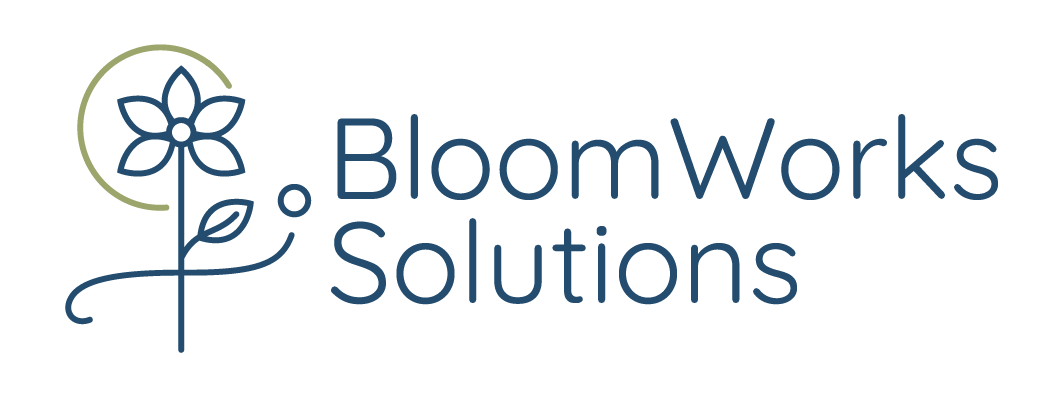Are We There Yet?
“For almost five years now, I've been hearing the phrase ‘unprecedented time.’ Just wondering when we're getting back to precedented. Anyone?”
That was the question that my colleague-turned-friend, Hope, posed on LinkedIn a few weeks ago. Her question stuck with me, and I’ve been rolling it around in my mind since then.
It has certainly been a tumultuous five years in the social impact sector. From having our world turned upside-down by the Covid-19 pandemic in 2020, to the systematic dismantling of USAID and the ripples across the sector that caused—to say it’s been hard to catch a breath is an understatement. Among other things, each of these events resulted in major shifts in funding. Those funding shifts caused organizational leadership to make incredibly hard decisions about organizational structure and priority, often with limited information.
However, major global events aren’t the only reason we experience feelings of organizational chaos. They also come up when an organization undergoes a shift in strategy or when an organization undergoes a shift in structure.
Each organization I’ve worked with in the last 25 years—big and small—has undergone some form of restructuring. In nearly every case, the mantra has been something like, “We just have to get through it,” or “Soon we’ll be done.” However, the world in which organizations exist is never stagnant, and so the idea that change is something finite, I think, is false. Organizations must constantly adapt, and when they fail to adapt, they fail.
Does that mean that we’re fated to interminable chaos?
I don’t think so. But I think that it requires a shift in how we think about change.
What was Hope likely looking for when she asked the LinkedIn world to bring back the “precedented”? What are any of us looking for when we respond, “Soon we’ll be done”?
I think that in many cases, we’re looking for a feeling of stability. We’re looking for a feeling of knowing what to expect and a sense of security that that we have the tools and resources to realize that expectation. We want to feel confident that the work that we’re doing is creating the kind of positive impact that we’re promising. We want to not feel like we’re spinning our wheels.
And since change is constant, leaders need to create that feeling of stability during change.
A song that’s in heavy rotation in my playlist is “The Eye,” by Brandi Carlile. She is certainly not singing about Change Management, but it applies: “You can dance in a hurricane, but only if you’re standing in the eye.”
How do we find the eye of a hurricane of organizational change?
I believe that we do so by embracing change. Change doesn’t have to be something that happens to us, but rather, we can celebrate it as something that we play a part of and that we have agency in creating. Therefore, change, when led through a frame of stability and security, has the potential to represent opportunity.
This post is the first of a series on leadership strategies to help organizations thrive in times of change.
